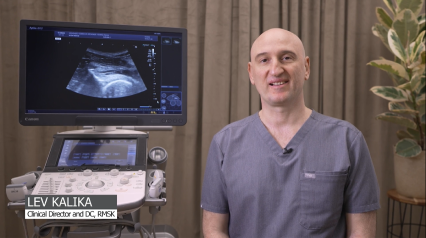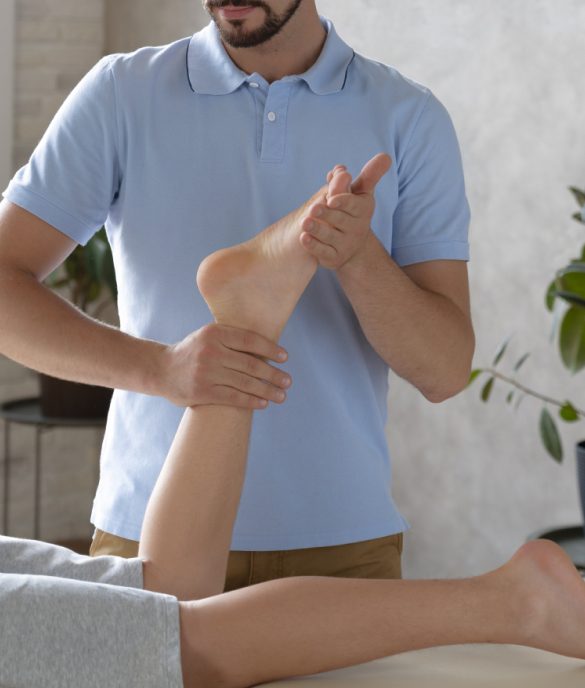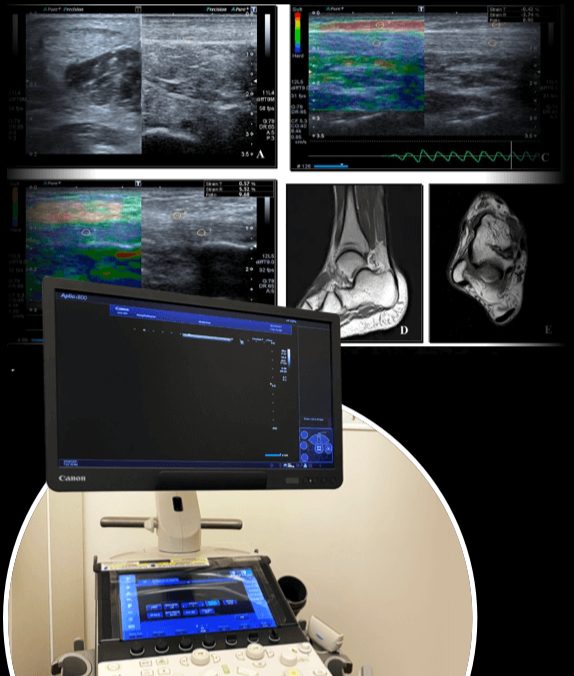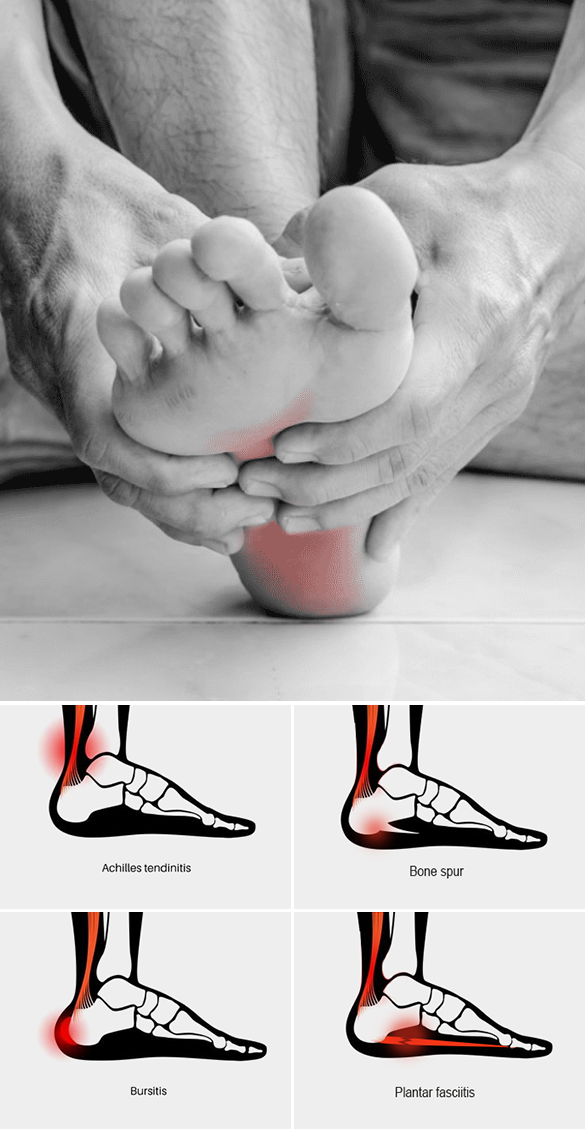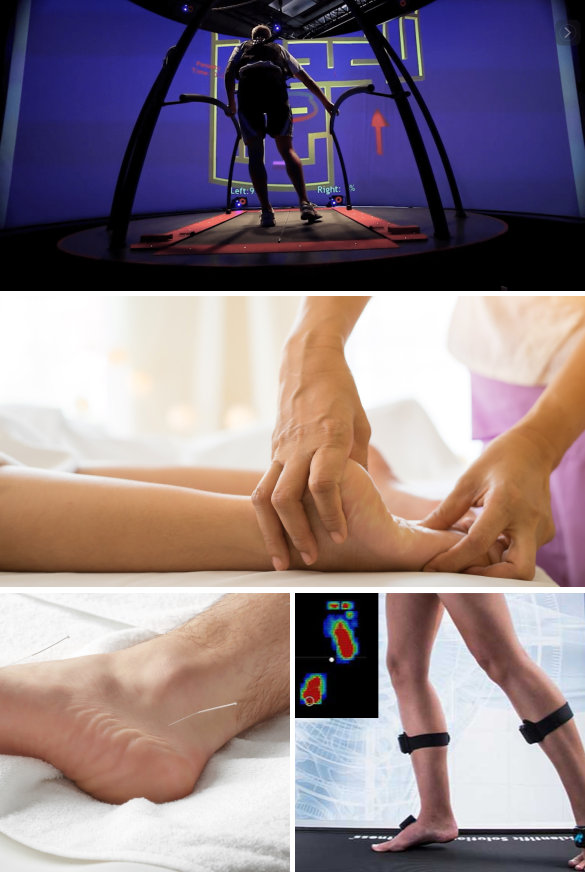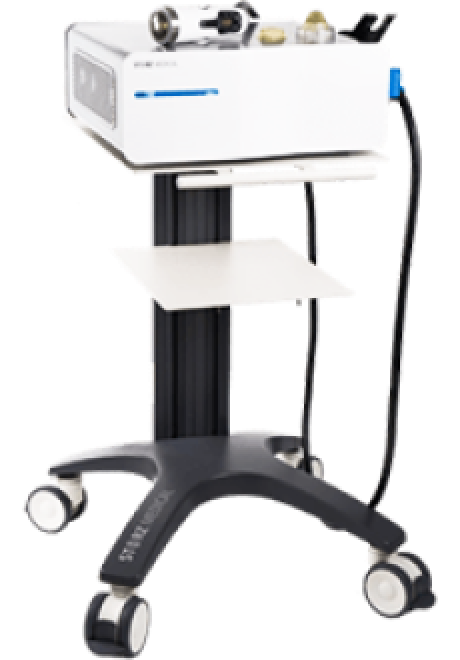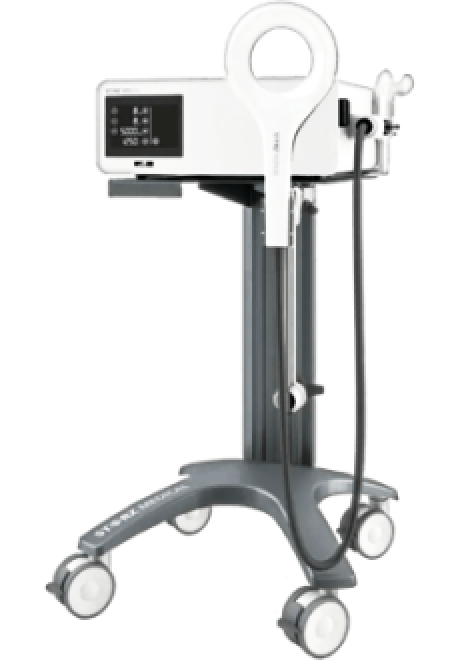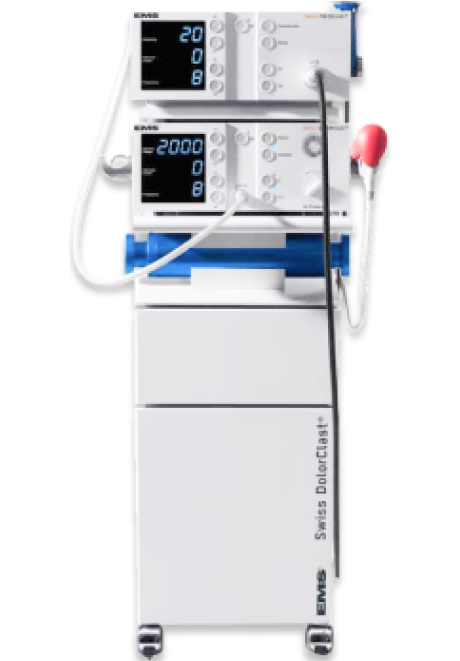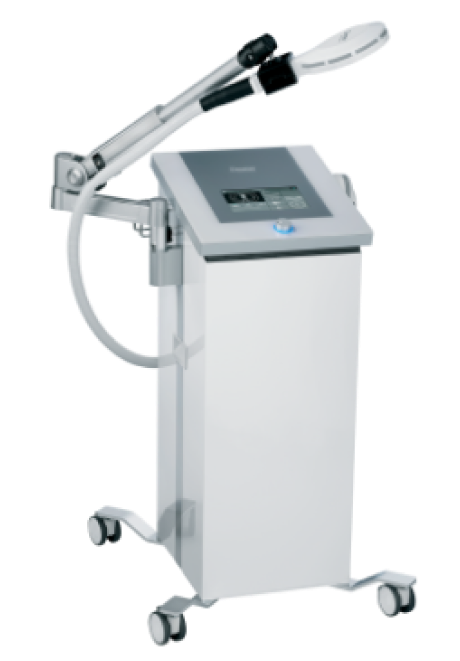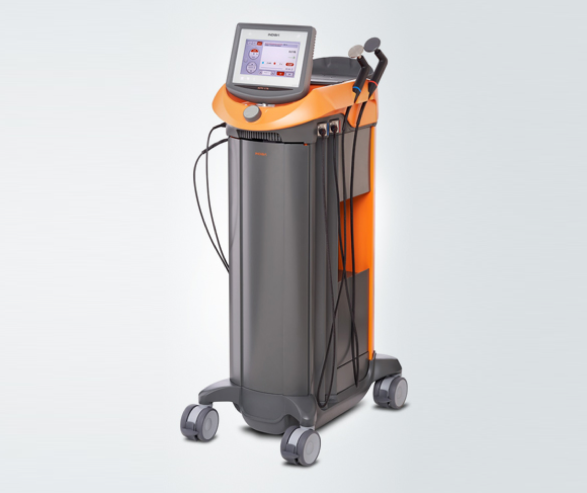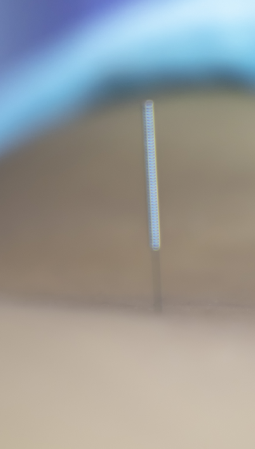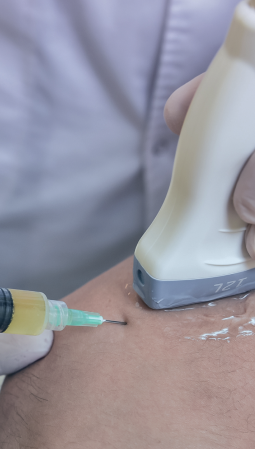Dr. Kalika, clinical director of NYDNRehab, has dedicated his life’s work to revolutionizing the way pain syndromes and movement disorders are diagnosed and treated. He was among the first in his field to embrace technology as a game-changer for patient diagnosis and treatment. The NYDNRehab clinic is one of the best-equipped physical therapy clinics in the world.
Dr. Kalika is an expert in functional podiatry, a holistic approach to foot health that does not involve steroid injections or surgery. His approach entails advanced diagnostics, including:
- High resolution ultrasonography
- Weight-bearing x-ray
- Foot pressure analysis
Our holistic treatment approach focuses on foot functionality and its impact on the entire lower kinetic chain. We combine the most advanced regenerative treatment methods with sophisticated foot and ankle physical therapy to restore pain-free functional mobility.
For injection and regenerative therapies, Dr. Kalika teams up with Dr. Uri Brozgol, a neurologist with 20+ years of experience in treating pediatric and adult myofascial pain. Dr. Brozgol is an expert in orthobiologic injection procedures and fascial release techniques.
Dr. Kalika is certified in biomechanics and gait analysis, and is an expert in diagnostic ultrasonography. He has over 20 years of experience in successful treatment of foot and ankle conditions, and has published multiple research papers on the use of ultrasonography, dry needling and shockwave therapy for treating a variety of conditions.
Dr. Kalika’s successful track record in rehabilitating musculoskeletal injuries combined with Dr. Brozgol’s expertise in treating myofascial pain makes NYDNRehab the clinic of choice for heel pain in NYC.
Kalika, Lev, and Rostyslav Bubnov. “Targeted Ultrasound-Guided Shockwave Therapy of Low Back Pain Using Focused, Defocused and Radial Shockwave” Neuromodulation 25.7 (2022): S339. Link to article
Bubnov, R., and L. Kalika. “Comparative Study of Dry Needling under Ultrasound Guidance and Extracorporeal Shock Wave Therapy for Myofascial Pain and Spasticity Management.” Movement Disorders 34 (2019). Link to abstract


